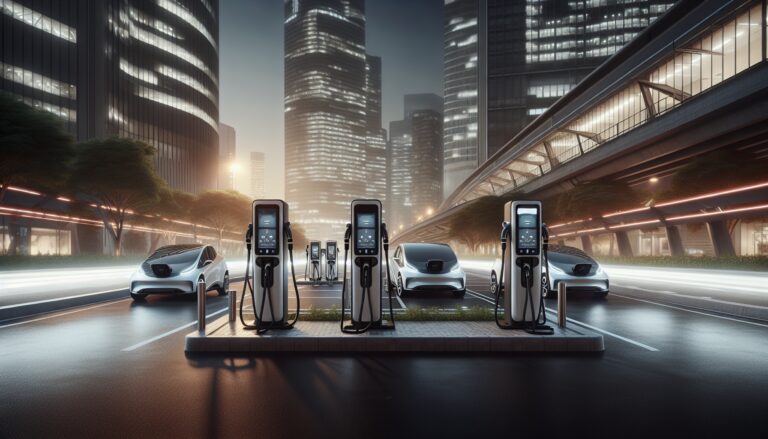Argomenti trattati
Understanding the need for EV charging infrastructure
As electric vehicles (EVs) gain popularity, the demand for efficient and reliable charging solutions is becoming increasingly critical. Urban areas, with their dense populations and high vehicle usage, are at the forefront of this transition. The shift towards electric mobility is not just about adopting new technology; it is about creating a sustainable future. With governments and private sectors investing heavily in EV infrastructure, the landscape of urban transportation is set to change dramatically.
Challenges faced by EV owners
One of the primary challenges for EV owners is the availability of charging stations. Unlike traditional fuel stations, which are ubiquitous, EV chargers are still relatively sparse in many urban areas. This scarcity can lead to range anxiety, where drivers worry about running out of battery before reaching a charging point. Moreover, the installation of charging stations requires careful planning and coordination with local utilities to ensure that the electrical grid can handle the increased demand. Upgrading existing electrical lines, as seen in recent installations, is a crucial step in addressing these challenges.
The role of dedicated charging solutions
Dedicated charging solutions, such as those provided by companies like Mahindra, are essential for ensuring that EVs can be charged efficiently and safely. These solutions often include specialized equipment that is designed to optimize the charging process, prolonging the life of the vehicle’s battery. By using proprietary chargers, companies can guarantee that the installation meets specific standards, which is vital for both performance and safety. This focus on quality not only enhances the user experience but also contributes to the overall reliability of the EV ecosystem.
Community engagement and feedback
Community feedback plays a significant role in the development of EV charging infrastructure. Enthusiasts and early adopters often share their experiences, providing valuable insights into what works and what doesn’t. For instance, discussions among users can highlight the importance of having a robust support system for installation and maintenance. Engaging with the community helps companies refine their offerings and ensures that the solutions provided meet the actual needs of EV owners.
The future of urban mobility
As cities continue to evolve, the integration of electric vehicles into the urban landscape will be pivotal. The establishment of a comprehensive charging network is not just a technical challenge but a societal one. It requires collaboration between government entities, private companies, and the community. With the right infrastructure in place, electric vehicles can become a viable alternative to traditional combustion engines, leading to reduced emissions and a cleaner environment. The future of urban mobility is electric, and the journey towards that future is well underway.

